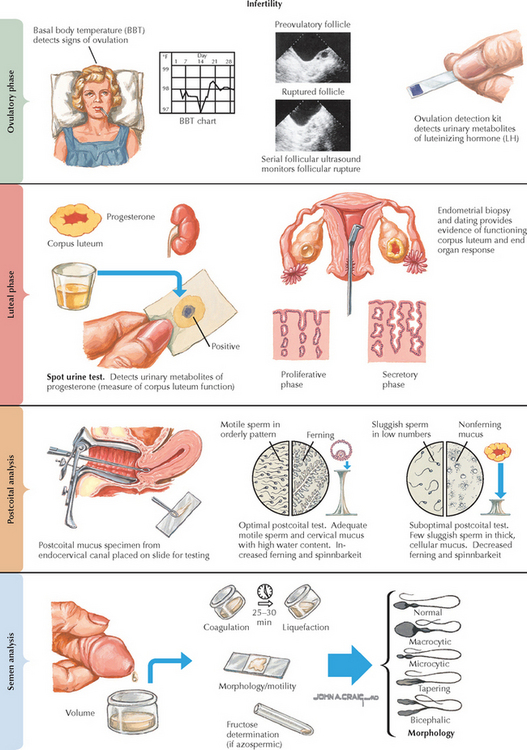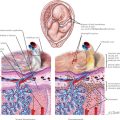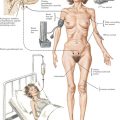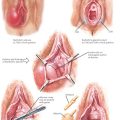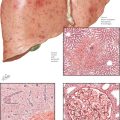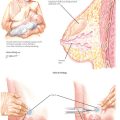Chapter 32 Infertility: General Considerations
THE CHALLENGE
To assist couples who experience difficulty conceiving through normal means.
TACTICS
IMPLEMENTATION
Aitken RJ. Sperm function tests and fertility. Int J Androl. 2006;29:69. discussion 105.
Al-Inany H Female infertility Clin Evid 15 2006 2465
American College of Obstetricians and Gynecologists. Management of Infertility Caused by Ovulatory Dysfunction. ACOG Practice Bulletin 34. Washington, DC: ACOG, 2002.
American College of Obstetricians and Gynecologists. Polycystic Ovary Syndrome. ACOG Practice Bulletin 41. Washington, DC: ACOG, 2002.
American College of Obstetricians and Gynecologists. Selective Estrogen Receptor Modulators. ACOG Practice Bulletin 39. Washington, DC: ACOG, 2002.
American College of Obstetricians and Gynecologists. Perinatal Risks Associated with Assisted Reproductive Technology. ACOG Committee Opinion 324. Washington, DC: ACOG, 2005.
Cheung AP. Assisted reproductive technology: both sides now. J Reprod Med. 2006;51:283.
Grainger DA, Frazier LM, Rowland CA. Preconception care and treatment with assisted reproductive technologies. Matern Child Health J. 2006;10(5 Suppl):S161.
Harrison EC, Taylor JS. IVF therapy for unexplained infertility. Am Fam Physician. 2006;73:63.
Holzer H, Casper R, Tulandi T. A new era in ovulation induction. Fertil Steril. 2006;85:277.
Homburg R. Clomiphene citrate—End of an era? A mini-review. Hum Reprod. 2005;20:2043. Epub 2005 May 5
Keefe DL, Parry JP. New approaches to assisted reproductive technologies. Semin Reprod Med. 2005;23:301.
Lobo RA. Infertility. In: Katz VL, Lentz GM, Lobo RA, Gershenson DM, editors. Comprehensive Gynecology. 5th ed. Philadelphia: Mosby/Elsevier; 2007:1001.
Maroulis GB, Koutlaki N. Preimplantation genetic diagnosis. Ann N Y Acad Sci. 2006;1092:1001.
Messinis IE. Ovulation induction: a mini review. Hum Reprod. 2005;20:2688. Epub 2005 Jul 8
Mosher WD, Pratt WF. Fecundity and infertility in the United States, 1965–1988. Advance Data. 1990;192:1.
Office of Technology Assessment: Infertility: Medical and Social Choices. Washington, DC, Congress of the United States, 1988:25.
Practice Committee of the American Society for Reproductive Medicine. Endometriosis and infertility. Fertil Steril. 2006;86(5 Suppl):S156.
Practice Committee of the American Society for Reproductive Medicine. Smoking and infertility. Fertil Steril. 2006;86(5 Suppl):S172.
Practice Committee of the American Society for Reproductive Medicine. Use of clomiphene citrate in women. Fertil Steril. 2006;86(5 Suppl):S187.
Practice Committee of the American Society for Reproductive Medicine. Aging and infertility in women. Fertil Steril. 2006;86(5 Suppl):S248.
Practice Committee of the American Society for Reproductive Medicine. Optimal evaluation of the infertile female. Fertil Steril. 2006;86(5 Suppl):S264.
Reddy UM, Wapner RJ, Rebar RW, Tasca RJ. Infertility, assisted reproductive technology, and adverse pregnancy outcomes: executive summary of a National Institute of Child Health and Human Development workshop. Obstet Gynecol. 2007;109:967.
Rowe T. Fertility and a woman’s age. J Reprod Med. 2006;51:157.
Setji TL, Brown AJ. Polycystic ovary syndrome: diagnosis and treatment. Am J Med. 2007;120:128.
Trokoudes KM, Skordis N, Picolos MK. Infertility and thyroid disorders. Curr Opin Obstet Gynecol. 2006;18:446.
Urman B, Yakin K. Ovulatory disorders and infertility. J Reprod Med. 2006;51:267.
Van Voorhis BJ. Outcomes from assisted reproductive technology. Obstet Gynecol. 2006;107:183.
Van Voorhis BJ. Clinical practice. In vitro fertilization. N Engl J Med. 2007;356:379.
Wilson EE. Assisted reproductive technologies and multiple gestations. Clin Perinatol. 2005;32:315. v.

